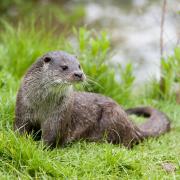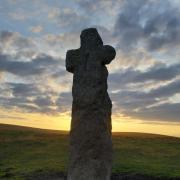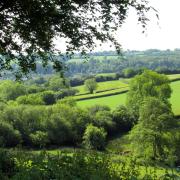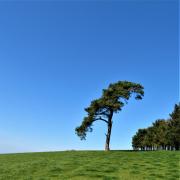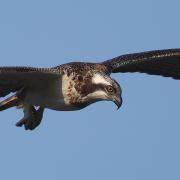Winter visitors love the food offerings provided by our estuaries
During the year I have been looking at wildlife habitats in the county and as part of this series I have discussed the wildlife of upland and lowland rivers, this month I take the river to its conclusion at the estuary.
In Devon we have the full range of estuary sizes from the compact Rivers Otter and Axe to the expansive flat reaches of mud at the mouths of our big rivers such as the Exe and Tamar on the south coast and the Torridge/Taw on the north coast. Some of our estuaries are examples of rias, or flooded river valleys. Dartmouth and Kingsbridge are two good examples, here we have steep sided valleys leading down to the estuaries and trees dipping their leaves into the salty water at high tide.

Birds which breed in colder parts of the world head to Devon in autumn to take advantage of this rich food supply and our mild climate; for this reason winter is the peak time for bird numbers but autumn is a good time to see a greater variety of species because this is when they are migrating, and we invariably get some visitors which won’t stay for long. Identifying waders can be daunting but it’s a good idea to start with the obvious ones.
RECOMMENDED READING
- What wildlife can I spot in the lowland rivers of Devon?
- What wildlife can I spot in the harbours of Devon?
- Exploring the beauty of Devon's coastal headlands
Oystercatcher (Image: David Chapman) Of the large waders we have curlews, brown birds with down-curving bills and oystercatchers which are black and white with bright red bills. Slightly smaller we have two waders with long straight bills, they are black-tailed and bar-tailed godwits. Smaller again we have redshanks and greenshanks, named because of their leg colour, with medium length, straight bills. It’s only really when we get onto the small waders that things start to get tricky but just take it one at a time.

To see more of David’s photography visit his website davidchapman.org.uk










